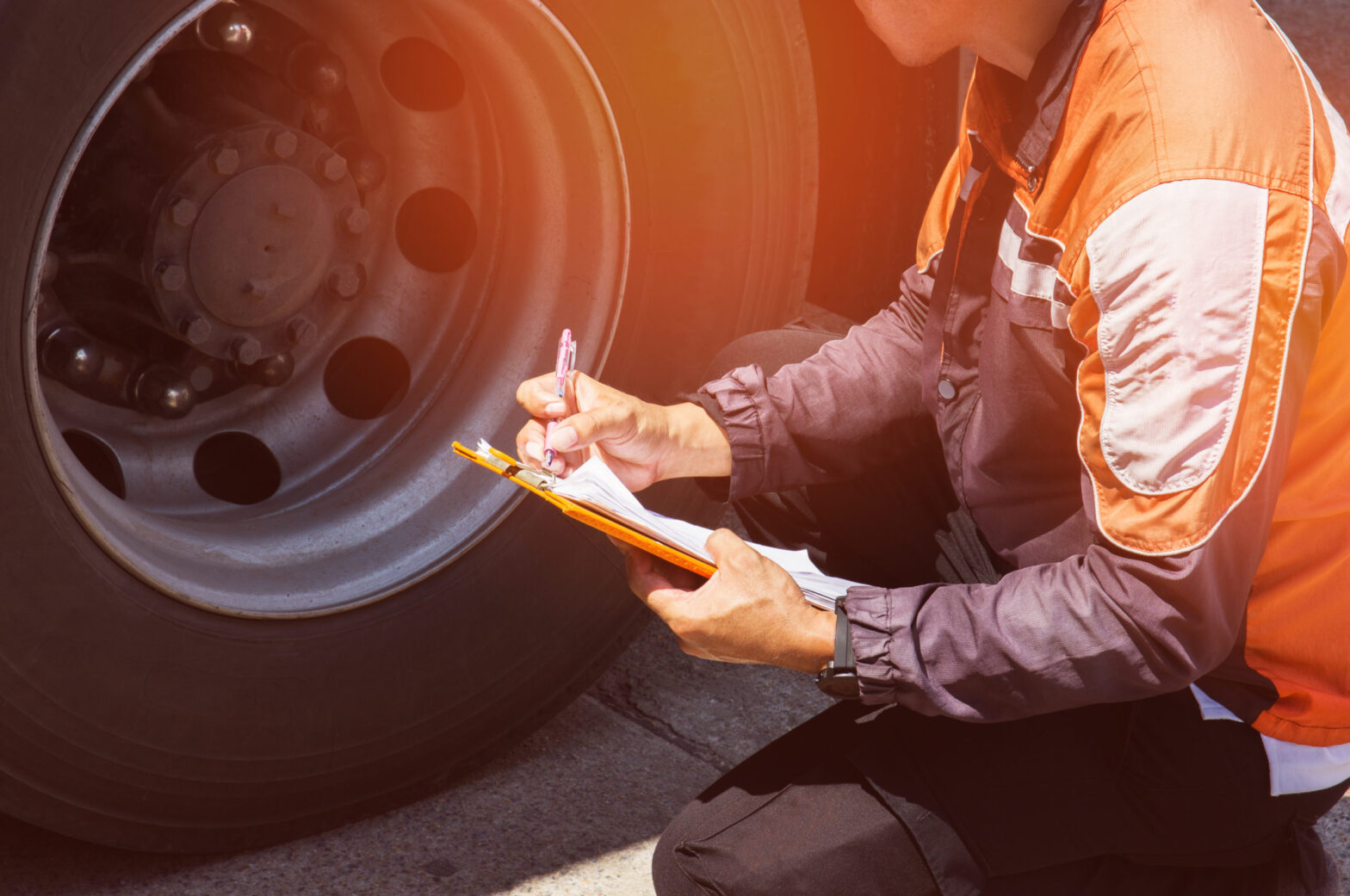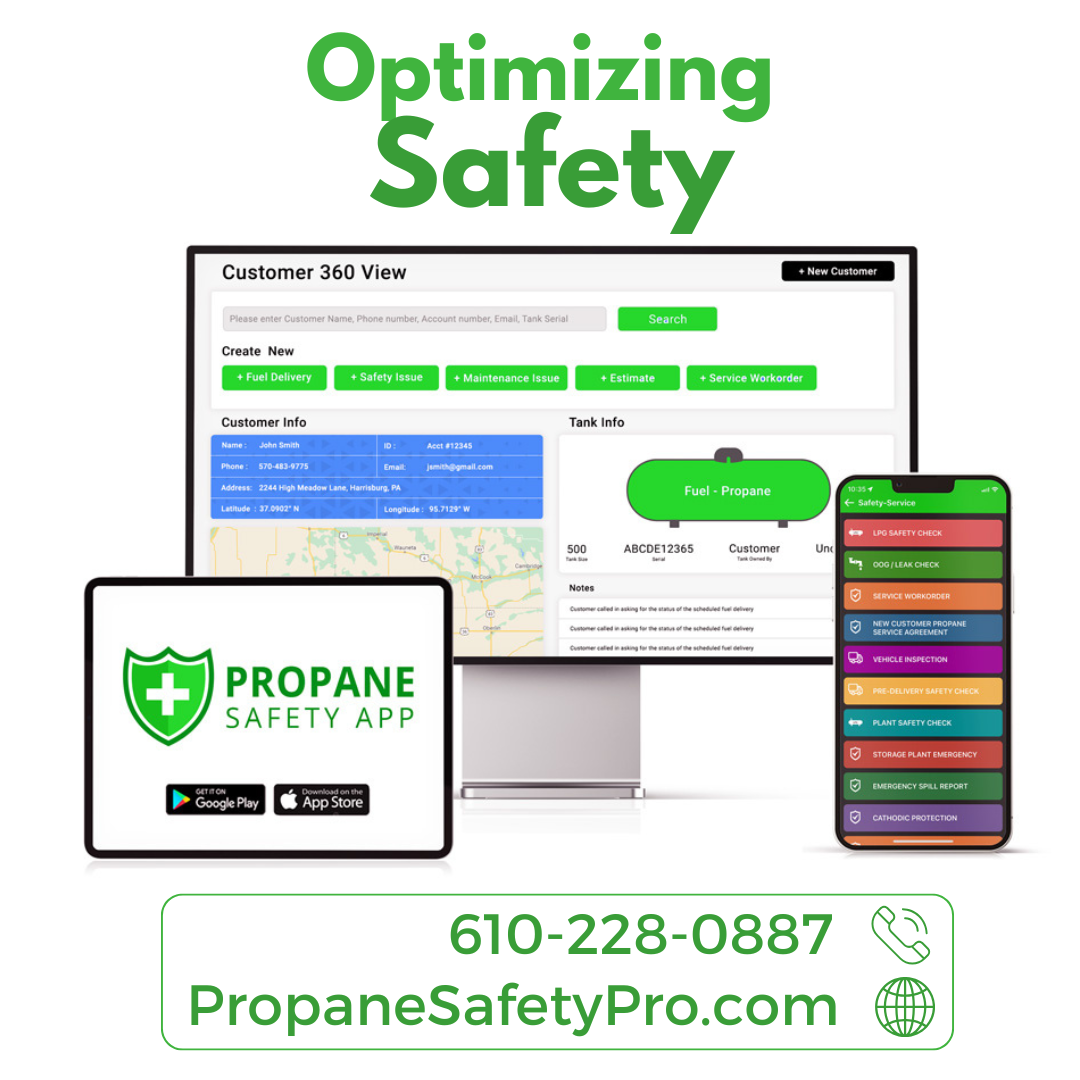Maintenance and Safety Tips for Propane Delivery Fleets

Facing Weather Challenges with Maintenance and Safety
Propane delivery fleets often encounter weather challenges impacting operations, safety, and vehicle maintenance. This article will provide valuable tips to help you prepare your propane delivery fleet for adverse weather conditions, ensuring both safety and efficiency as they get the job done.
1. Vehicle Maintenance
Regular vehicle maintenance is crucial, especially in preparation for challenging weather. Ensure that your fleet’s propane vehicles are in top condition with the following maintenance tasks:
• Check Tires: Inspect tire treads and pressure regularly. Adequate tire traction is essential for safe driving in wet or snowy conditions.
• Brake Inspection: Verify that brakes are functioning correctly. Slick roads require responsive braking systems.
• Fluid Levels: Monitor oil, coolant, and windshield washer fluid levels. Proper fluid levels are vital for vehicle performance in all weather.
• Battery Health: Cold weather can strain vehicle batteries. Test and replace weak batteries to prevent breakdowns.
2. Winterization
Prepare your propane delivery vehicles for winter with these critical steps:
• Antifreeze: Ensure your vehicles have the appropriate antifreeze mixture to prevent freezing in the engine and radiator.
• Winter Tires: Consider switching to winter tires, which provide better traction in icy or snowy conditions.
• Heating System: Verify that the heating system is functioning correctly to keep drivers warm during cold deliveries.
3. Safety Equipment
Equip your propane vehicles with essential safety gear, including:
• Emergency Kits: Provide drivers with emergency kits containing blankets, flashlights, first-aid supplies, and non-perishable food items.
• Road Flares: Keep road flares or reflective triangles on board for increased visibility in case of breakdowns or accidents.
• Chains or Cables: Consider carrying tire chains or cables for added traction if your routes include mountainous or icy areas.
4. Driver Training
Ensure that your drivers are well-trained in handling adverse weather conditions. Provide refresher courses on safe driving practices for winter and rainy weather, including:
• Skid Control: Teach drivers how to regain control of a skidding vehicle.
• Safe Stopping Distance: Emphasize the importance of maintaining a safe following distance on slippery roads.
• Visibility: Advise drivers to keep headlights on during low-visibility conditions, such as rain, fog, or snow.
5. Route Planning
Incorporate weather awareness into your route planning process:
• Weather Updates: Stay updated on weather forecasts for your delivery routes. This information can help you adjust schedules and paths accordingly.
• Alternative Routes: Identify alternative routes if primary roads become impassable due to weather-related issues.
• Communication: Maintain open communication with drivers during challenging weather conditions. Encourage them to report unsafe road conditions promptly.
6. Emergency Response Protocols
Establish clear protocols for handling emergencies during adverse weather, including:
• Communication: Ensure drivers have reliable communication devices to contact dispatch and emergency services if needed.
• Emergency Contacts: Provide drivers with a list of emergency contacts, including tow services and company representatives.
• Stay Put: In some cases, the safest option may be for drivers to stay put until weather conditions improve.
Your propane delivery fleet can continue operating safely and efficiently regardless of weather conditions by proactively addressing weather challenges with proper maintenance, safety equipment, training, route planning, and emergency protocols. Prioritizing safety and preparedness is critical to delivering propane to your customers, even in challenging climates.
















